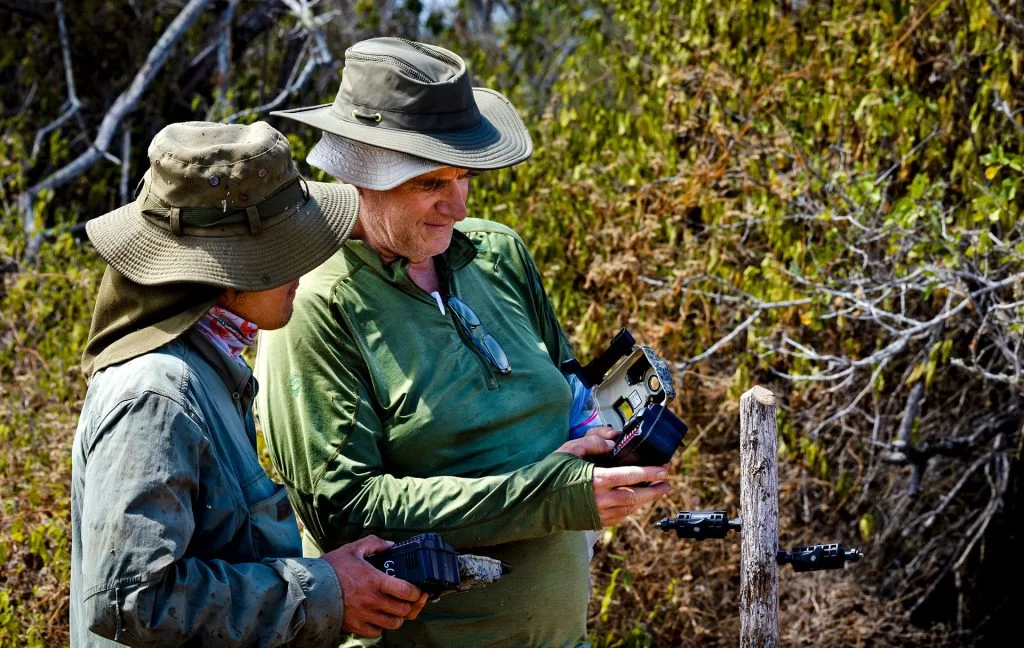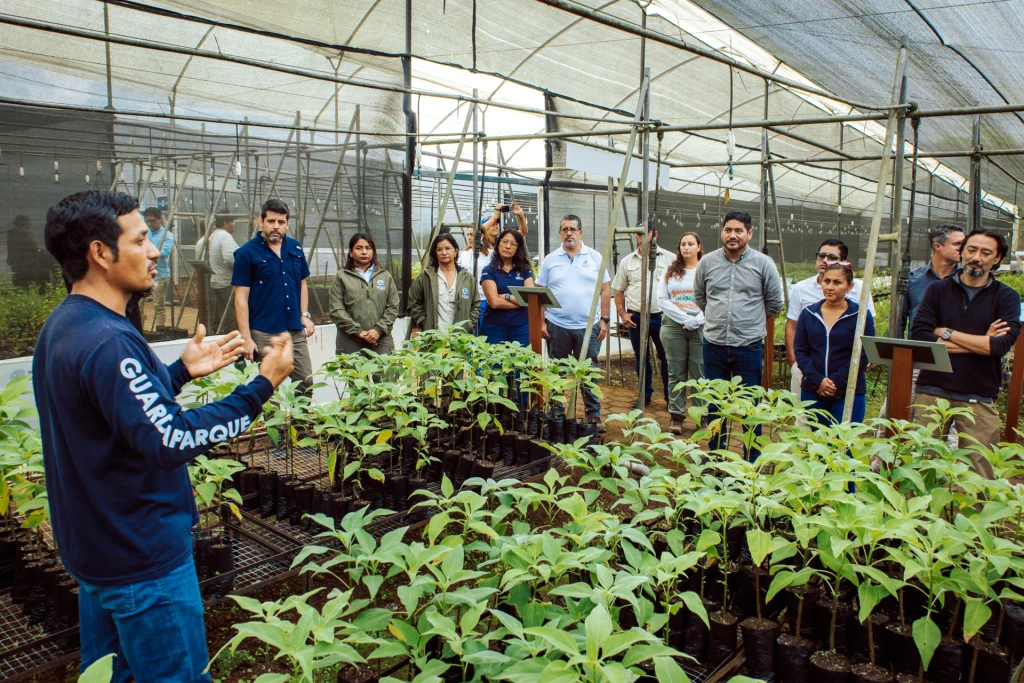Natural Wonders of Espanola Unveiled
Espanola has a rich biodiversity, including endemic species such as the Galapagos albatross, Phoebastria Irrorata – the largest bird in the archipelago – and the Cactus Finch, Geospiza scanners. Espanola’s rich biodiversity makes it a key focus for conservation and scientific research.
The Galapagos Islands Initiative Program: A Journey of Conservation
Galapagos Conservancy and the Galapagos National Park Directorate will embark on a series expeditions in Espanola, 2023. These missions were part of one our most successful programs Initiative Galapagos and aimed to protect and restore the island’s eco-systems.
The first expedition, under the leadership of Washington Tapia as executive director and scientist, released 86 young Chelonoidis Hoodensis turtles in March. The tortoises were bred in captivity and reintroduced into their native habitats to boost their population. They are vital to the ecosystem and landscape of the island, which benefits other species including albatrosses.
The next expeditions, in August and June, focused on the monitoring of vegetation and a census of albatross populations. These studies were designed to better understand the interaction between tortoises, the island’s vegetation and albatross populations. The preliminary findings indicate a stable population of albatrosses, although the effects of El Nino were evident.

Face challenges with resilience
Espanola’s biodiversity is still under threat, despite significant conservation efforts. Our conservation director Dr. Jorge Carrion says, “The Galapagos Islands not only serve as a natural laboratory, but they are also a magnet to global tourism. Species like the albatross draw visitors from around the world.”
Iniciativa Galápagos is a great example of the power that collaboration can have. We work closely with the Galapagos National Park Directorate to unite passionate scientists and dedicated rangers on a shared mission of conserving Espanola, the entire archipelago, and experts. This commitment goes beyond local efforts and resonates globally in our quest to conserve this remarkable part of the planet.
The Future Generations: A Commitment
Our expeditions in Espanola demonstrate our commitment to protecting this unique ecosystem. We are dedicated to making the Galapagos Islands a beacon for sustainable tourism, and a testament of the wonders that biodiversity can bring. Carrion summarizes our mission by saying, “Our work is more than conservation. It’s a heritage we are building for the future generations.”


